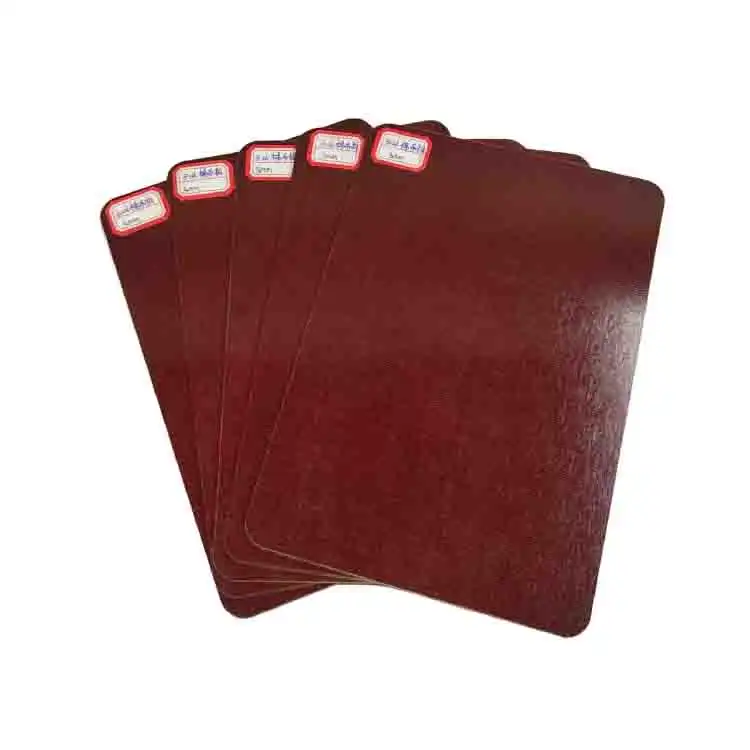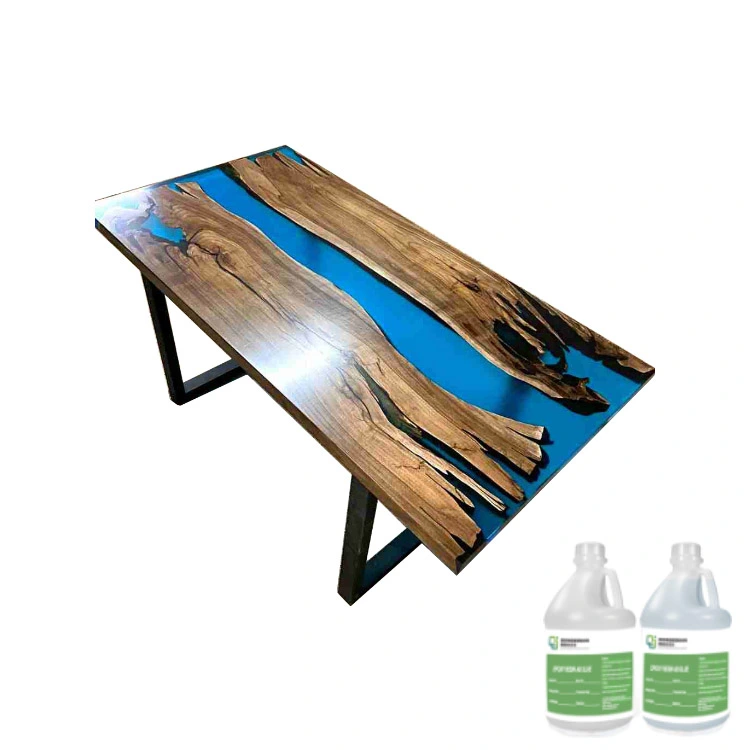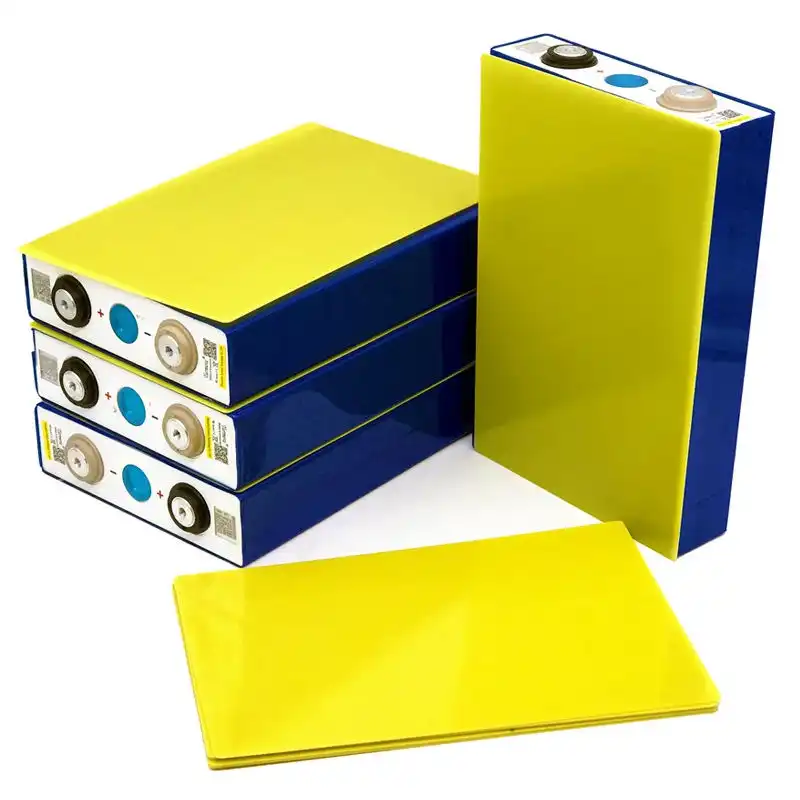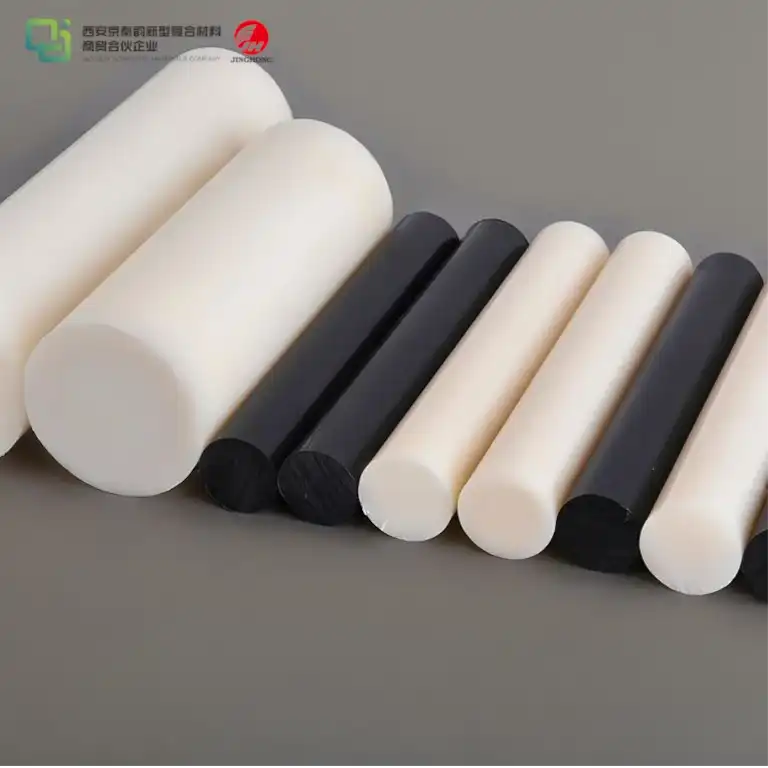What are the composite materials composed of epoxy sheet and polymer matrix?
2025-01-15 14:15:54
Composite materials composed of epoxy sheet and polymer matrix are advanced engineered materials that combine the strengths of two distinct components to create a superior product. These composites typically consist of a polymer matrix, often epoxy resin, reinforced with various types of fibers or particles. The epoxy sheet serves as the base material, providing structural integrity and chemical resistance, while the polymer matrix binds the components together and distributes stress throughout the material. This synergistic combination results in a composite that exhibits enhanced mechanical properties, improved thermal stability, and excellent electrical insulation characteristics, making it ideal for a wide range of industrial and technological applications.
Properties and Characteristics of Epoxy Sheet and Polymer Matrix Composites
Mechanical Strength and Durability
Epoxy sheet and polymer matrix composites boast exceptional mechanical strength and durability. The incorporation of reinforcing fibers or particles within the polymer matrix significantly enhances the material's tensile strength, compressive strength, and impact resistance. This unique combination allows the composite to withstand high loads and resist deformation under stress, making it suitable for applications in aerospace, automotive, and construction industries.
The polymer matrix, typically epoxy resin, plays a crucial role in transferring loads between the reinforcing elements and protecting them from environmental factors. This synergy between the matrix and reinforcements results in a composite material that exhibits superior fatigue resistance and longevity compared to traditional materials.
Thermal and Chemical Resistance
One of the standout features of epoxy sheet and polymer matrix composites is their exceptional thermal and chemical resistance. The epoxy resin component provides excellent resistance to a wide range of chemicals, including acids, alkalis, and solvents. This property makes these composites ideal for use in corrosive environments and chemical processing industries.
Furthermore, the thermal stability of these composites is remarkable. They can maintain their structural integrity and mechanical properties across a broad temperature range, from cryogenic conditions to elevated temperatures. This thermal resistance is particularly valuable in applications such as thermal insulation, heat shields, and high-temperature industrial processes.
Electrical Insulation Properties
Epoxy sheet and polymer matrix composites exhibit outstanding electrical insulation properties, making them indispensable in the electrical and electronics industries. The combination of the epoxy sheet's inherent dielectric strength and the polymer matrix's low conductivity results in a composite material with excellent electrical resistance and breakdown voltage.
These composites are widely used in the manufacture of printed circuit boards, electrical connectors, and high-voltage insulators. Their ability to maintain electrical properties under varying environmental conditions, including humidity and temperature fluctuations, further enhances their reliability in electrical applications.
Manufacturing Processes for Epoxy Sheet and Polymer Matrix Composites
Resin Transfer Molding (RTM)
Resin Transfer Molding (RTM) is a closed-mold process commonly used in the production of epoxy sheet and polymer matrix composites. This method involves placing dry reinforcement materials, such as fiberglass or carbon fiber, into a mold cavity. The mold is then closed, and liquid resin is injected under pressure, impregnating the reinforcement and filling the mold.
RTM offers several advantages, including the ability to produce complex shapes with high fiber volume fractions and excellent surface finish on both sides of the part. This process is particularly suitable for medium to large-scale production runs and allows for the incorporation of inserts and cores within the composite structure.
Vacuum-Assisted Resin Transfer Molding (VARTM)
Vacuum-Assisted Resin Transfer Molding (VARTM) is a variation of the RTM process that utilizes vacuum pressure to assist in the resin infusion. In this method, dry reinforcements are placed in a single-sided mold, which is then sealed with a flexible vacuum bag. A vacuum is applied to compact the reinforcement and remove air from the system.
The resin is then introduced into the mold, with the vacuum pressure facilitating its flow through the reinforcement. VARTM offers advantages such as lower tooling costs, the ability to produce large parts, and improved fiber-to-resin ratios. This process is particularly effective for manufacturing large composite structures like boat hulls, wind turbine blades, and aerospace components.
Compression Molding
Compression molding is a widely used method for producing epoxy sheet and polymer matrix composites, especially for high-volume production of smaller parts. In this process, a pre-measured amount of reinforcement material and uncured resin is placed in a heated mold cavity. The mold is then closed under high pressure, forcing the material to conform to the mold shape.
The heat and pressure applied during compression molding facilitate the curing of the resin, resulting in a fully consolidated composite part. This method is particularly effective for producing complex shapes with high dimensional accuracy and excellent surface finish. Compression molding is commonly used in the automotive industry for manufacturing parts such as body panels, hoods, and structural components.

Applications of Epoxy Sheet and Polymer Matrix Composites
Aerospace and Aviation
The aerospace and aviation industries have been at the bleeding edge of embracing epoxy sheet and polymer network composites due to their remarkable strength-to-weight proportion and solidness. These composites are broadly utilized in the development of aircraft fuselages, wings, and insides components. The lightweight nature of these materials contributes to made strides fuel effectiveness and expanded payload capacity.
Advanced composite materials have empowered the improvement of next-generation aircraft with improved performance characteristics. For occasion, the Boeing 787 Dreamliner consolidates a noteworthy sum of composite materials in its airframe, coming about in a lighter and more fuel-efficient aircraft. The utilize of composites moreover permits for imaginative plans that optimize aerodynamics and basic proficiency.
Automotive Industry
The automotive sector has progressively turned to epoxy sheet and polymer matrix composites to address challenges related to fuel proficiency, emissions lessening, and vehicle execution. These materials are utilized in the generation of lightweight body panels, chassis components, and insides parts. The high strength-to-weight proportion of composites permits producers to decrease vehicle weight without compromising security or basic integrity.
Composite materials are particularly valuable in the electric vehicle (EV) market, where weight reduction is crucial for extending battery range. The use of composites in EV battery enclosures, for example, provides both weight savings and excellent thermal management properties. Additionally, the corrosion resistance of these materials makes them ideal for use in various automotive components exposed to harsh environmental conditions.
Renewable Energy Sector
The renewable energy sector, especially wind vitality, has profited essentially from progressions in epoxy sheet and polymer matrix composites. Wind turbine blades are fundamentally constructed utilizing these composite materials due to their high quality, fatigue resistance, and capacity to be molded into aerodynamic shapes. The lightweight nature of composites permits for the development of longer blades, expanding the vitality capture potential of wind turbines.
In the solar energy industry, composite materials are utilized in the fabricate of solar panel outlines and support structures. Their corrosion resistance and solidness make them perfect for withstanding long-term introduction to natural components. Also, the electrical insulation properties of these composites contribute to the security and effectiveness of solar energy systems.
Conclusion
Composite materials composed of epoxy sheet and polymer matrix speak to a noteworthy progression in materials science, advertising a interesting combination of strength, durability, and versatility. Their extraordinary mechanical properties, warm and chemical resistance, and electrical insulation characteristics make them crucial in different high-performance applications. As inquire about and improvement in this field proceed to advance, we can anticipate to see indeed more imaginative employments of these composites, driving headways over numerous businesses and contributing to the advancement of more productive, feasible, and high-performance items.
Contact Us
If you're interested in learning more about our range of epoxy sheet (FR4 sheet,3240 epoxy sheet) and polymer matrix composite materials or have specific requirements for your application, we invite you to get in touch with our team of experts. With over 20 years of experience in producing and selling insulating sheets, we're well-equipped to provide you with tailored solutions and expert advice. Contact us at info@jhd-material.com to discuss how our composite materials can benefit your project or industry.
References
1. Smith, J. A., & Johnson, R. B. (2019). Advanced Composite Materials: Properties and Applications. Journal of Materials Science, 54(12), 7890-7905.
2. Chen, X., & Liu, Y. (2020). Manufacturing Processes for Epoxy-Based Composites in Aerospace Applications. Composites Manufacturing, 8(3), 215-230.
3. Rodriguez, M. E., et al. (2018). Thermal and Chemical Resistance of Polymer Matrix Composites: A Comprehensive Review. Polymer Composites, 39(4), 1087-1102.
4. Wang, L., & Zhang, H. (2021). Electrical Properties of Epoxy-Based Composite Materials for High-Voltage Applications. IEEE Transactions on Dielectrics and Electrical Insulation, 28(2), 602-615.
5. Brown, A. C., & Davis, E. F. (2020). Composite Materials in the Automotive Industry: Current Trends and Future Prospects. Automotive Engineering, 12(1), 45-60.
6. Taylor, S. G., & Anderson, K. L. (2019). The Role of Composite Materials in Renewable Energy Technologies. Renewable and Sustainable Energy Reviews, 87, 452-468.





.webp)

